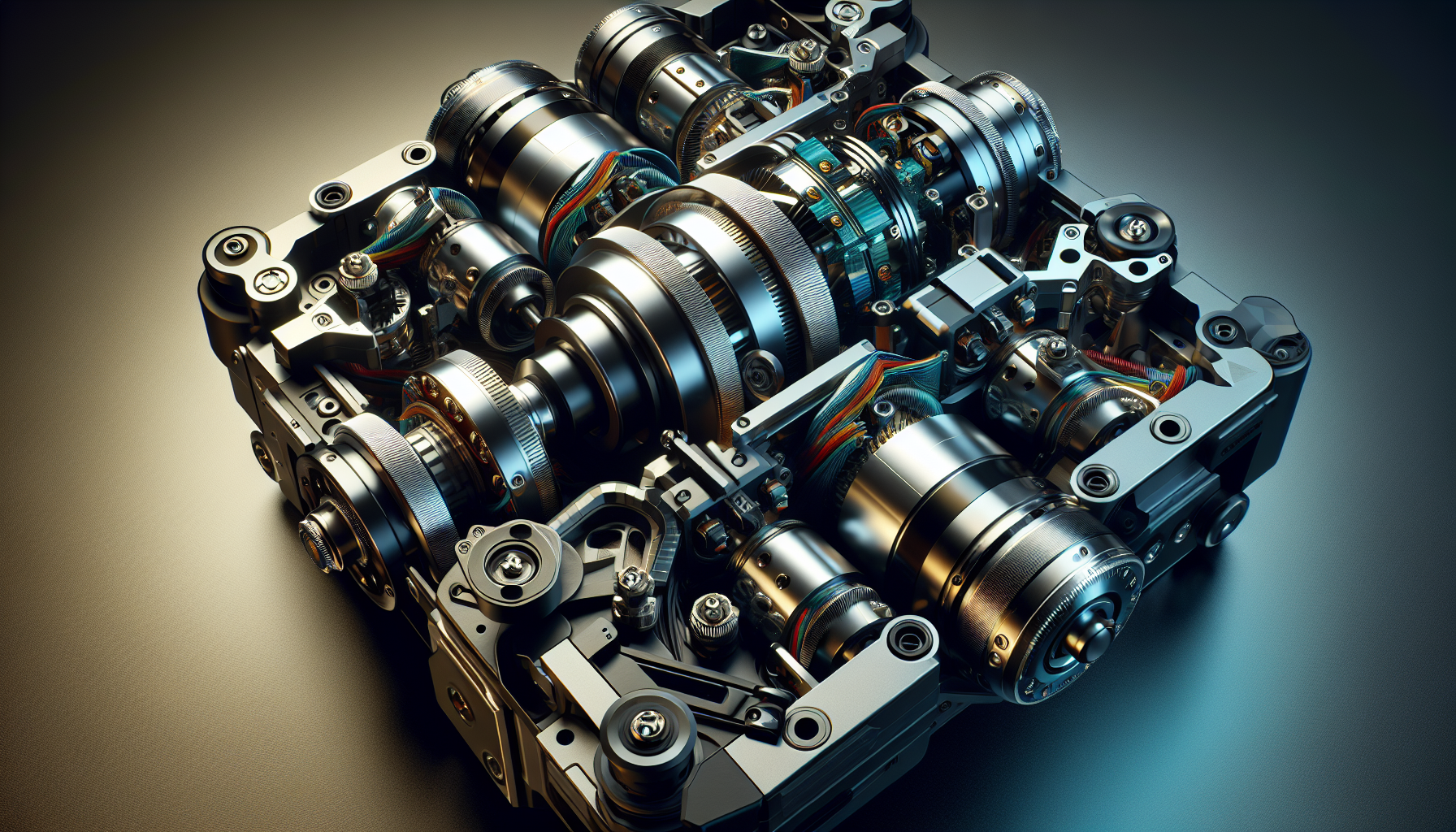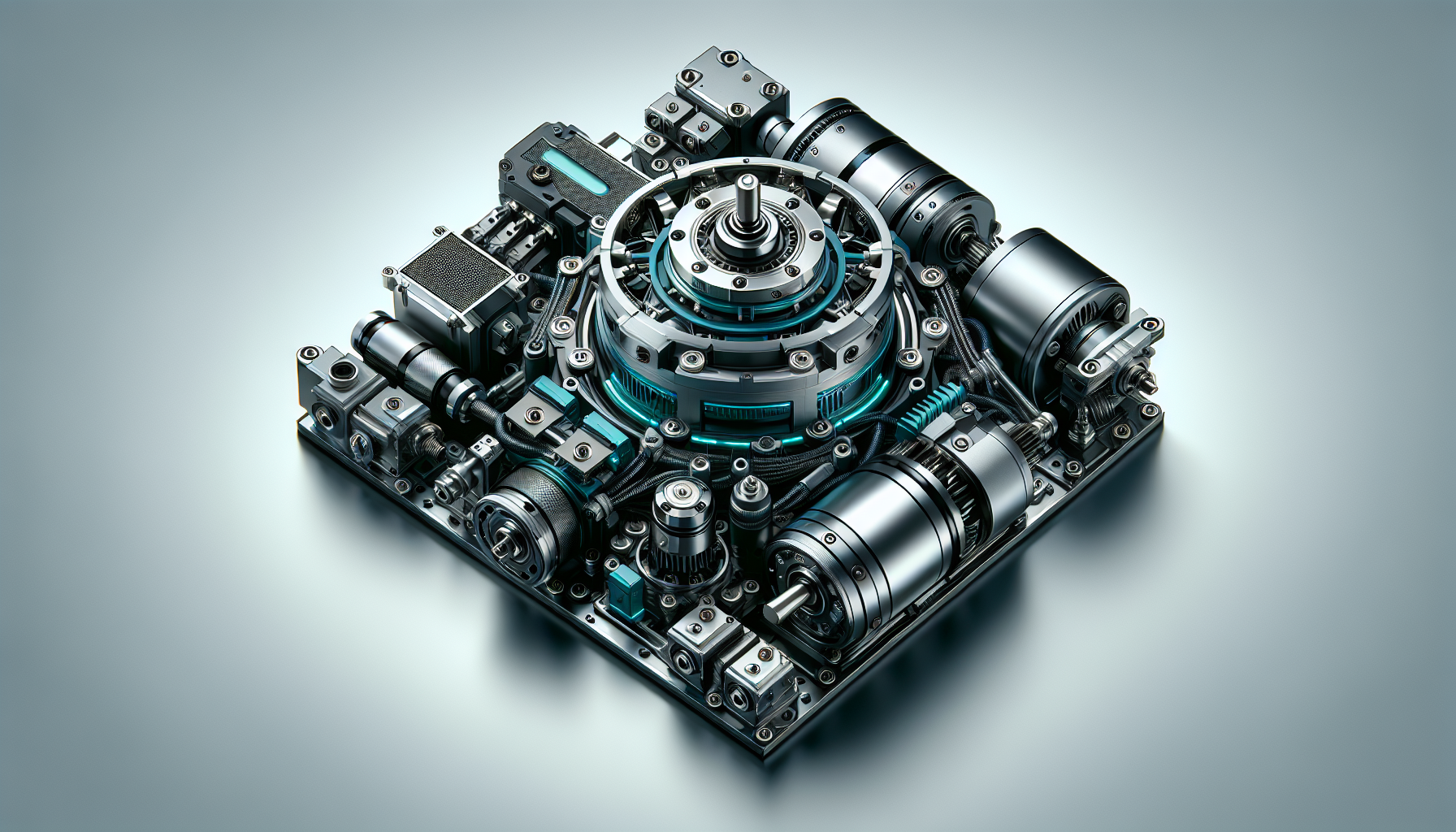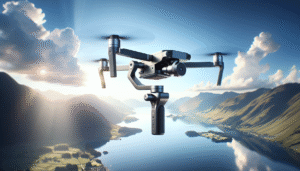Have you ever found yourself in a quandary trying to decide between brushless and servo gimbal motors for your drone, camera, or robotics project? You’re not alone, and today I’m here to bring clarity to this common conundrum. Comparing these two types of motors can seem daunting, but don’t worry—by the time you finish reading, you’ll have all the details at your fingertips to make an informed decision.

Understanding Gimbal Motors
Before we get into the nitty-gritty of brushless versus servo, it’s probably good to take a step back and talk about gimbal motors in general. Simply put, gimbal motors are used to stabilize images or videos, holding a camera or other equipment steady. In today’s technology-driven world, gimbal motors are found everywhere—from the drones that hover smoothly in the sky to the steady hands of a mechanical camera operator in a multi-million-dollar film production.
The Core Functionality
The main job of a gimbal motor is stabilization. Picture trying to take a steady video while running after your toddler—there’s a lot of shaking and movement, right? A gimbal motor works over time to ensure that that errant bump or shake doesn’t translate into your footage. It’s like having your own personal film crew, minus the coffee breaks.
Types of Gimbal Motors
There are generally two types of gimbal motors you’re likely to encounter: brushless and servo. These aren’t the only options out there, but they are the ones most commonly used, respected, and debated. Each type has its own set of pros and cons, making it crucial to weigh them carefully based on your specific needs and preferences.
Brushless Gimbal Motors: The Smooth Operator
The brushless motor is the more popular of the two, often praised for its efficiency and smooth performance. Let’s break down why many turn to brushless for their gimbal needs.
How Brushless Motors Work
A brushless motor operates by harnessing the power of electromagnets instead of the conventional brushes used in older motor styles. This shift to electromagnets contributes to a cleaner, smoother, and longer-lasting performance. Picture it as the electric car of gimbal motors: sleek, efficient, and quietly responsive.
Advantages of Brushless Motors
- Efficiency: Brushless motors are highly efficient due to minimal friction, which helps in better energy conservation.
- Lifespan: With fewer moving parts, especially the absence of brushes, these motors tend to enjoy a longer lifespan—like that trusty sock you refuse to throw away because it’s just that comfortable.
- Performance: Known for smooth operation, brushless motors can handle continuous operation without overheating or causing jitters in footage.
- Maintenance: The fewer the mechanical parts, the less often you’ll find yourself googling “how to fix a gimbal motor at 2 AM.”
Disadvantages of Brushless Motors
- Cost: Brushless motors can be a bit pricier upfront, which may be a stumbling block when you’re counting every penny.
- Complexity: While not excessively complex, integrating a brushless solution can be more complicated than servos when it comes to installation.
- Size and Weight: Sometimes, due to the additional parts required for function, these motors can be more cumbersome.

Servo Gimbal Motors: The Precise Craftsman
On the other side of the debate are servo gimbal motors, known for their precise control and affordability. Let’s take a closer look at what makes these motors tick—and what tickles the fancy of those who opt for servos.
How Servo Motors Work
A servo motor utilizes a feedback mechanism to control motion and final position. This motor takes commands, processes them, and then acts precise enough to have been used extensively in model airplanes and radio-controlled toys. Think of it as the cooperative assistant who doesn’t need as much bathroom or coffee time off.
Advantages of Servo Motors
- Precision: Servo motors are renowned for their precise control, making them ideal for tasks where accuracy is critical.
- Affordability: Generally, servo motors come at a lower price point, making them accessible for those working within a budget.
- Size: Many servo motors are compact, making them perfect for projects where space is a premium concern.
Disadvantages of Servo Motors
- Complexity in Control: While they are precise, the plethora of configurations and settings can make operating them a bit like programming your grandma’s VCR.
- Maintenance: More moving parts generally mean more upkeep—regular tweaks and tunes may be required to keep everything running hunky-dory.
- Efficiency: Servo motors might not be as energy-efficient as their brushless counterparts, leading to possible overheating if overworked.
Power Comparison
Now, let’s get into the power dynamics between these two motor types. Everyone wants that extra kick, and understanding the power offerings can help determine which motor is right for your project.
Brushless Motor Power
Brushless motors deliver a robust performance, especially in continuous-use scenarios. They can maintain a high power output over extended periods without succumbing to overheating or wear-and-tear, making them the marathon runners of the motor world. Their electric usage-to-output ratio, in general, means a more efficient run that provides you with more bang for your buck over time.
Servo Motor Power
Servo motors generally provide the oomph needed for short bursts or highly controlled environments. While they are capable of delivering high power output when needed, they might not be the best choice for prolonged, intense use. Think of them as the sprinters—bursts of speed and energy, but not necessarily built for endurance races.
Precision: Who Holds the Upper Hand?
In the realm of motors, precision is often the name of the game—and it can often be a bit of a juggling act. Both these types of motors bring their A-game, each with its own style.
Precision in Brushless Motors
Yes, brushless motors are smooth operators, but what about precision? Their ability to handle fluctuations gracefully and deliver consistent speed without manual interference makes them quite dependable. However, achieving pinpoint accuracy might require additional components or software, leading to an investment in complexity over time.
Precision in Servo Motors
Precision is where servo motors shine like a polished silver dollar on a sunny day. Their innate ability to be controlled and programmed to exact specifications makes them the go-to for projects that cannot afford a hair out of place. This precision is highly desired in robotics where accuracy is non-negotiable.
Price: What Does It Cost to Have the Best?
Cash can sometimes be the deciding factor when choosing between brushless and servo motors. Therefore, understanding the cost dynamics can play a big role in determining the practical choice for your projects.
Upfront Costs
- Brushless Motors: Generally more expensive, which might make you question your life choices even after you make the purchase. But overall, the cost can be justified by the long-term savings and efficiency.
- Servo Motors: Easier on your wallet initially, making them attractive for tighter budgets or projects where multiple motors might be necessary.
Long-term Investment
- Maintenance Considerations: Brushless motors are akin to buying a high-quality umbrella—you might pay more now, but it’ll last through more than a few rainy seasons.
- Efficiency and Lifespan: Servo motors may bring you savings upfront, but their lifespan and potential for requiring more maintenance can offset initial savings over time.
Let’s summarize the comparison with a short table:
| Feature | Brushless Motor | Servo Motor |
|---|---|---|
| Power | High | Moderate |
| Precision | Good | Excellent |
| Upfront Cost | Higher | Lower |
| Maintenance | Lower | Higher |
| Lifespan | Longer | Shorter |
Where Should You Invest?
After comparing the critical aspects of brushless and servo gimbal motors, it all comes down to your specific needs, your project requirements, and, yes, your financial constraints.
When to Choose Brushless Motor
- If you seek minimal upkeep and a longer lifespan.
- When efficiency and continual operation are key.
- If budget allows for a higher initial investment.
When to Choose Servo Motor
- When precision and control are paramount.
- If working with a tight budget.
- When the project demands compact and lightweight machinery.
Personal Reflections
Wrapping up this dialogue, I’d love to share that motor choices can be as personal as choosing between coffee and tea. Both have their place and charm. With this newfound understanding of brushless versus servo gimbal motors, you’re well-equipped to make an informed choice that suits your needs while turning your visions into reality.
It’s all part of the exhilarating dance of decision-making in the world of technology and innovation. Remember, the key is to weigh the power, precision, and price—and make your motor choice like it’s the best decision you’ll make this week.
![Best Gimbal For DJI Mini 4 Pro In 2025 [Top Picks + Quick Deals]](https://droneaperture.com/wp-content/uploads/2025/06/best-gimbal-for-dji-mini-4-pro-in-2025-top-picks-quick-deals-1-300x171.png)
![Top 5 Drone Gimbals For Cinematic Footage Under $500 [2025 Tested]](https://droneaperture.com/wp-content/uploads/2025/06/top-5-drone-gimbals-for-cinematic-footage-under-500-2025-tested-300x171.png)
